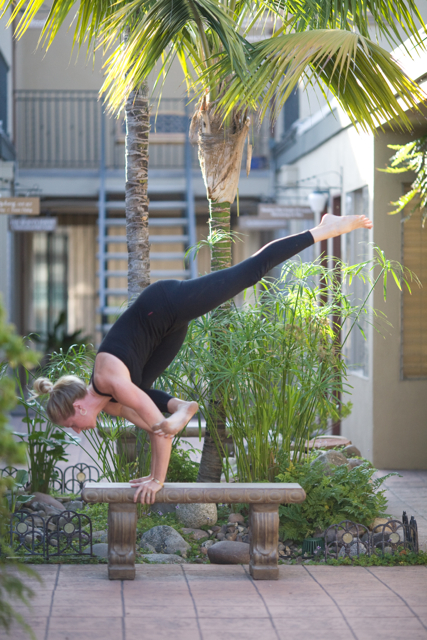When I first started practicing yoga, I was fascinated by the changes in my body and the positive effect it was having on my life. These shifts made me curious about the philosophy and history of yoga. Why does stretching and breathing create such profound change? I wanted to dive deeper and see what was really going on. When I tried to read books such as the Hatha Yoga Pradipika and the Yoga Sutras, I would start to go cross-eyed and daydream. Wait, what did I just read? Huh? I think I need to read that paragraph again. And again. Ancient texts just aren’t my thing. I began to understand the messages these books tell when I found teachers and writers that were able to break it down for me in ways that apply to the life we live now. This wisdom is ancient, but it stands the test of time.
The Yoga Sutras is challenging to read but holds within it a wealth of knowledge. The sutras are little nuggets intended to deliver a deep concept in a very concise way. They are like little beads of wisdom strung along a necklace, weaving together everything you need to know about yoga. One of my favorites is sutra 2.46: Sthira-Sukham Asanam. This can be translated as “posture (asana) [should be] stable (sthira) and comfortable (sukha).” Simply defined, Sukha is grace or ease and Shtira is strength.
What does that really mean and how does it apply to you and me today? In our practice and in life, we aim to embody these two concepts equally to create balance. When we carry ourselves with a sense of strength and grace, we are less reactive without being a doormat. In our physical practice we are strong yet smooth, focused yet relaxed.
Try this exercise to more easily assimilate the balance of Shtira and Sukha:
Stand with the feet hips width apart, eyes closed, breathe naturally. Find a weak posture by letting the head hang, the shoulders round forward and the spine slump. Let the arms dangle, the belly hang forward and the knees buckle. Notice how you feel energetically. Probably somewhat lazy, tired and depressed.
Play with the extreme opposite. Stand extremely erect. Bug your eyes out. Pull your shoulders up and stick out your chest. Suck your belly in and activate all of the muscles in the face, arms and legs. Spread your fingers and your toes. Hold your breath. Notice how you feel. Probably anxious, over-stimulated and tense.
Now find that perfect place in between, working from the earth up to the sky.
• Lift and spread the toes apart. Softly set them back down onto the earth.
• Gently engage the thighs, slightly lifting the knee caps.
• Lift the lower belly toward the heart while letting the tailbone fall toward the earth.
• Lift the chest and soften the shoulders.
• Soften the facial muscles, the forehead and the jaw.
• Breathe deeply and naturally through the nose.
That place between “too much” and “not enough” is the essence of sthira and sukha. What is your tendency in a yoga class? Do you try to muscle your way through poses that are difficult for you? Are you competitive and hard on yourself when you can’t do something that others are doing? This is a sign that you need to add more sukha energy to your practice. Notice how this same tendency will reveal itself in your daily life. Perhaps you are very hard on yourself, a perfectionist or often stressed out. Finding a sense of ease and joy in your down-dog may help you live your life with a more relaxed approach.
At the other end of the spectrum, it can be helpful to add more strength and courage to your yoga. Do you feel heavy and slow when you practice? Do you lack energy or feel like there are things you could never possibly do because you’re not strong and flexible enough? If this describes you, bringing more sthira to your postures will elevate your experience. Being steadfast and strong in yoga will give you the confidence to try new things and take you further than you ever thought possible. This will spill over into your daily life, helping you to achieve things, let go of fear and make your dreams a reality.
Photo by Erin Kate Gouveia


Leave a Reply
You must be logged in to post a comment.